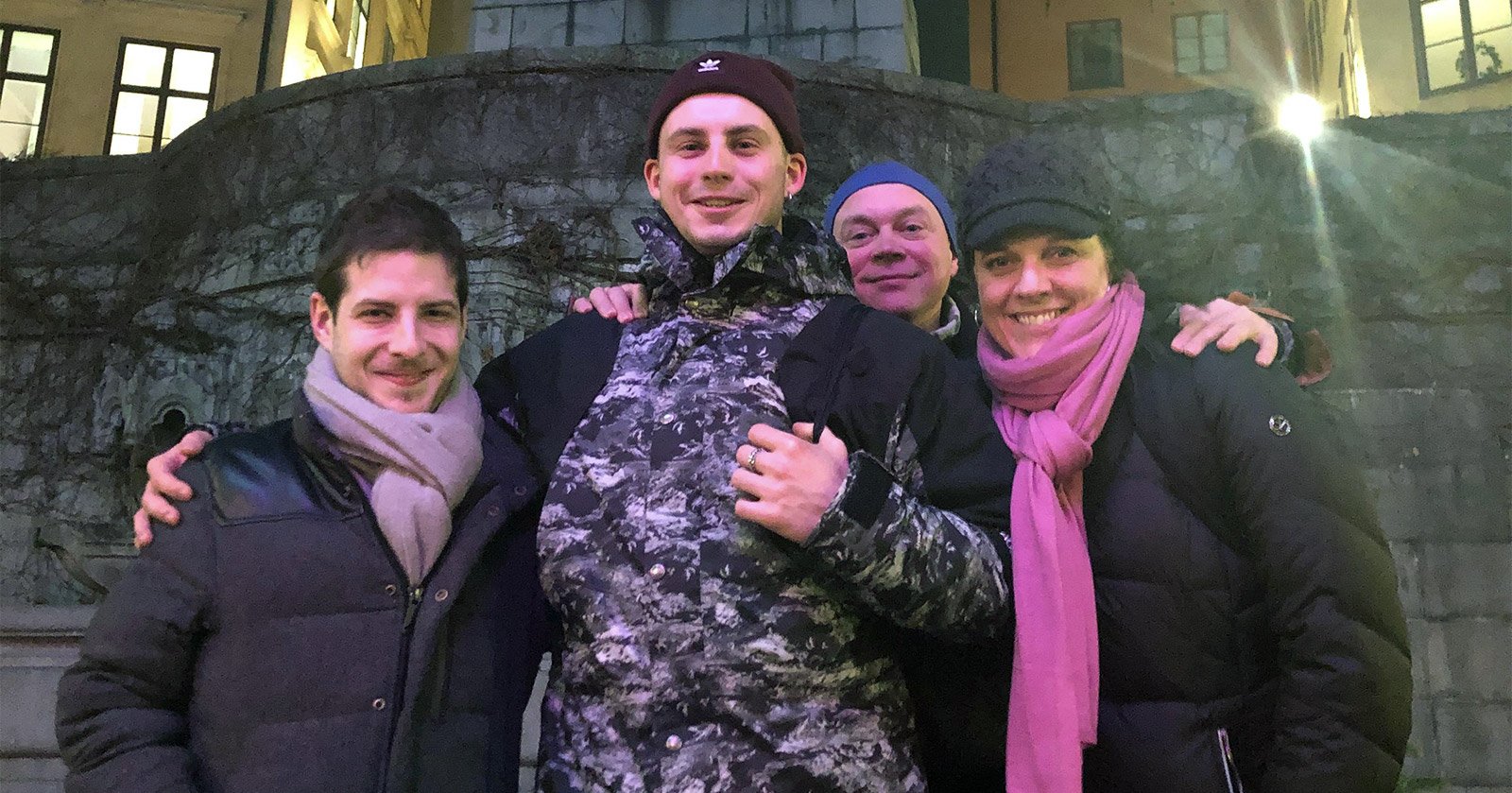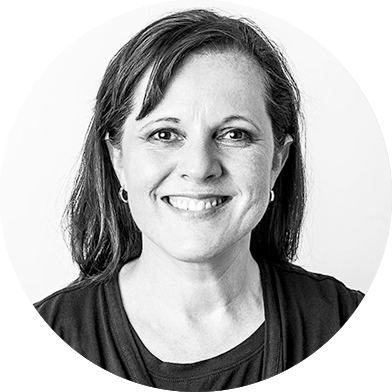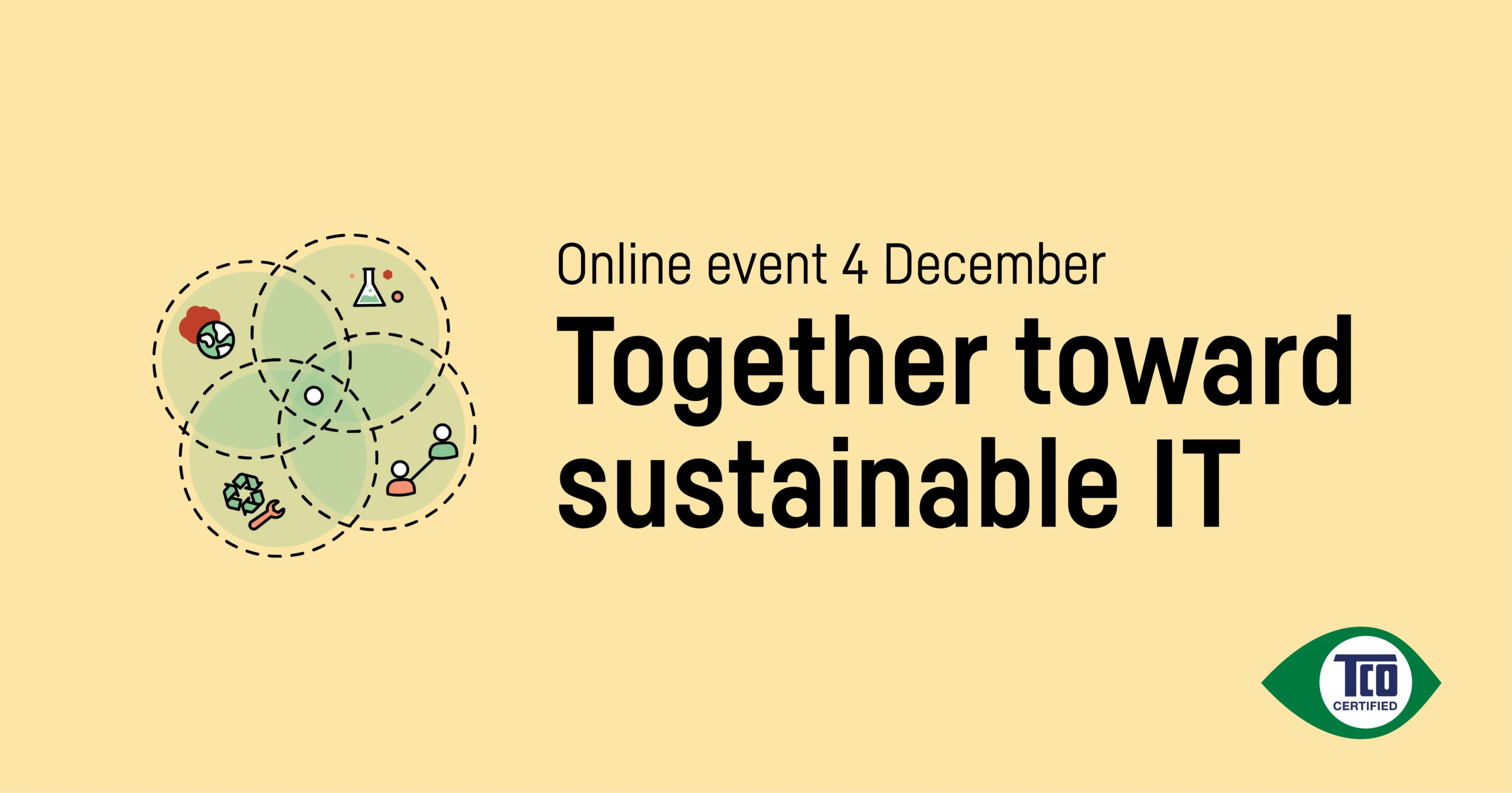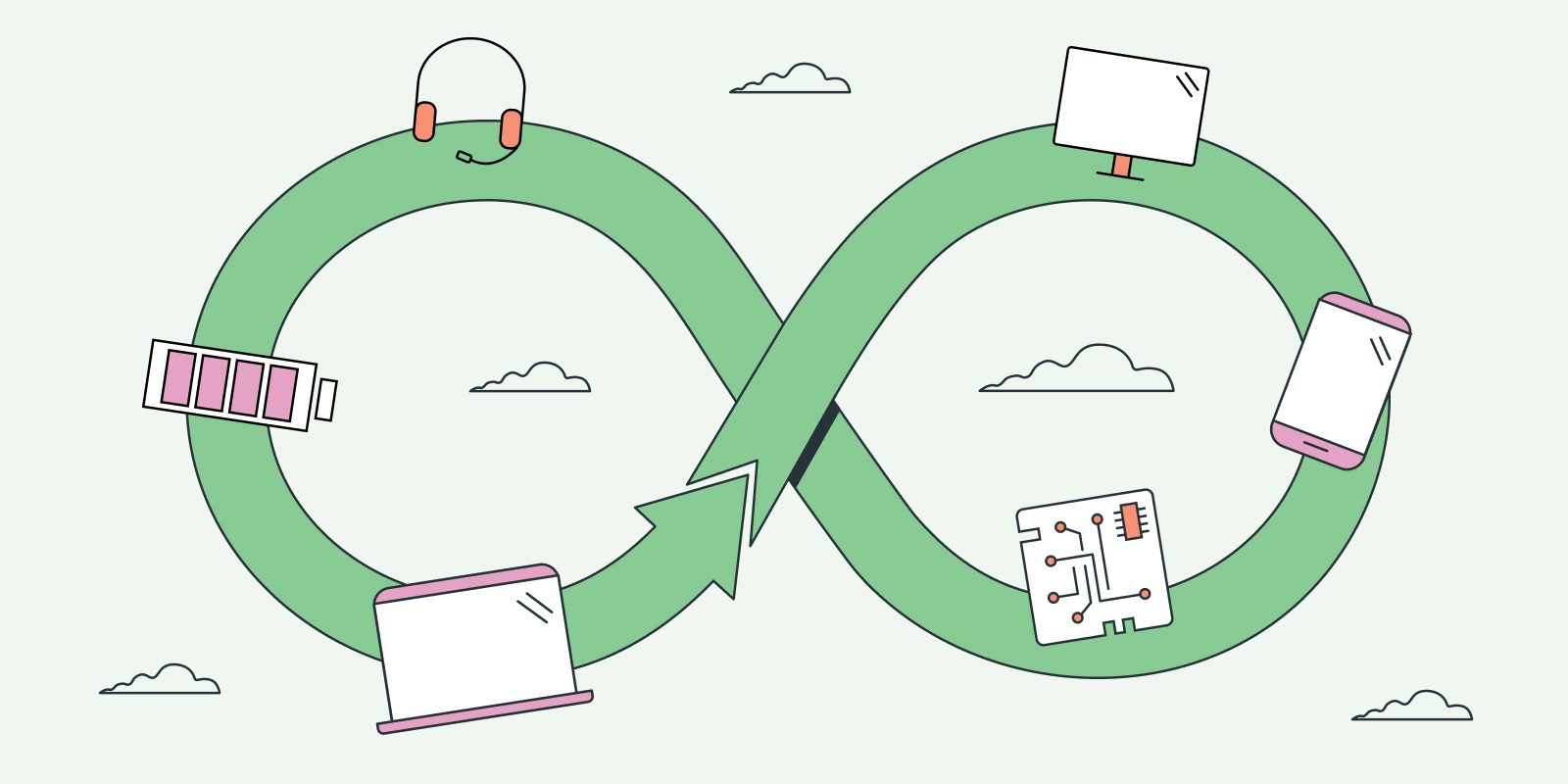Our global purchasing engagement team consists of six people in various parts of the world and offers free support to organizations wanting to purchase more sustainable IT products. The team recently gathered in Stockholm, Sweden and we spoke to Clare Hobby to hear what they discussed.
Hi Clare, what’s on your agenda right now?
“There’s just so much happening in sustainable procurement right now, so it’s a really exciting time to be in that conversation, as more IT buyers are really figuring out how to use their voice and purchasing power to bring about a more sustainable IT ecosystem.
“Our job within purchaser engagement is to be a resource and support for IT purchasers as they get up to speed in what the current sustainability hot spots are and how to include those concerns as part of a sustainable procurement strategy. Some purchasers are just starting out on this journey, looking at issues like energy and what to do with end of life products, and others are really looking closely at issues like human rights in the supply chain and working conditions in the IT factories. What’s really exciting with TCO Certified, is that our criteria cover all of these aspects, and more, so it’s a comprehensive tool that buyers can use with confidence to know they’re covering the most important challenges.
“As we know, when purchasers make their voices heard, it really does have an impact. What’s key for purchasers to know is that the IT industry looks specifically for which criteria are asked for in tenders and policy. Asking specifically for TCO Certified let’s them know that these issues are important and that they need to deliver to this request.”
TCO Development’s Purchaser Engagement Group is present in Asia, Europe, North America and supports purchasers all over the world. What are the differences and similarities between the regions?
“Well, the good news is that purchasers around the world are more engaged than ever. That said, some regions are more mature than others. The Nordic countries, Belgium and the Netherlands, for example, have been working with sustainable procurement for some time, so have some pretty clear goals and a solid understanding of the issues. In North America, we’re starting to see more momentum and in some Asian markets, we’re beginning to see concern for e-waste for example, which is a good starting point for taking a more sustainable approach to the products the organization uses.”
What’s your advice to organizations wanting to succeed with sustainable IT procurement?
“Three things are key:
- Verification — no matter where we are in the world, purchasers need to know that compliance with any sustainability criteria they set is independently verified. This is critical.
- Get management support — what we see is when management puts their weight behind sustainability in the business (and of course procurement), it makes the job of category managers and policymakers that much easier. Sustainability then becomes a core part of the business, rather than just “nice to have”.
- Talk to your vendors early and often. Compliance with criteria can take time. The earlier your vendors know what you’re going to ask for, the better your chance of getting certified products when you want them. Also, be open with your vendors and ask them good questions about what they’re doing to be more sustainable — both with their products and operations.
“Remember, you’re always welcome to contact us for some good tips on where to start and questions to ask vendors — these kinds of conversations are a great way to learn about what’s actually going on in the IT ecosystem. Another great way of getting started is reading our Guide to sustainable purchasing.”
Did your team also have time for some team building activities?
“Absolutely — since we’re normally working in different corners of the world, we always take the opportunity to spend time together when we’re in the same place. This time we went to check out the world famous Vasa museum, displaying an amazing real-life ship that sunk on its maiden journey nearly 400 years ago, but then was rediscovered and brought back to life in the 1960s in almost perfect condition. It’s truly awe-inspiring and a must-see if you’re in Stockholm!”
Our Purchaser Engagement Group has local presence on several markets and supports purchasers all over the world. Learn more about who we are and how we can support you.





